By Islam El Shazly
Most tourists stick to certain locales when travelling, mostly due to their tour operators planning a specific itinerary that does not allow the flexibility for casual sight-seeing, so they end up mostly visiting the usual suspects; the Giza Plateau, Luxor, and Aswan, they might even get a glimpse of Sharm Al-Sheikh. That’s why they are normally referred to as package tourists, they go through the paces, but never really touch most of what makes Egypt what it is; the diversity of its history and its unique natural environment.
Then again, tour operators are not entirely to blame, the previous regime led by Mubarak could’ve cared less about anywhere else in Egypt other than these places, for them, Egypt consisted of handful of locations that they could milk for cash, everywhere else was left for the carrion. They made sure that these tour operators never strayed too far from the path.
A wonder, whether natural or manmade, is defined as: something strange and surprising; a cause of surprise, astonishment, or admiration. Egypt is full of such objects of admiration, wonders that have been either deliberately or unintentionally neglected over the last 30 to 50 years that are finally starting to come into the light, although not a lot of people might know about.
This list is just a small list; only by going off the beaten path when you visit Egypt will you discover more gems.
1. Catacombs of Kom Al-Shoqafa, Alexandria
The Catacombs of Kom Al-Shoqafa in Alexandria, one of the Seven Wonders of the Middle Ages, is a three-level underground cemetery complex, dating back to the 2nd century CE, it lies about 100 feet below ground reached via a large spiral staircase, and featuring dozens of chambers adorned with sculpted pillars, statues, and other syncretic Romano-Egyptian religious symbols, burial niches, and sarcophagi, as well as a large Roman-style banquet room, where memorial meals were conducted by relatives of the deceased. It was lost in time, and only rediscovered in 1892.
2. Cleopatra’s Baths, Marsa Matrouh:
A cavern in Cleopatra Beach in Marsa Matrouh served as the royal bath for Cleopatra according to legend; it is a wonder of nature with a touch of man here and there. Inside the cave, there is a skylight and a pool but what makes it special is the way the water flows into and out of the cave from the waves of the Mediterranean. The water flows into the cavern, then it pools in the main area. The waves hit the rocks bringing new water in, if the tide is high enough, the water in the pool is warm and fresh. There are also remains of what used to be an alter on the far wall of the cave.
3. Rashid (Rosetta), Al-Buhayra:
After the renaissance of Alexandria in the 19th century, the city that gave its name to the Rosetta Stone faded away and was almost abandoned by successive rulers, although the British loved it as a tourist destination in the late 1800s. And for good reason, the city was – and still is – famous for its medieval Ottoman mansions, although there are not as many citrus groves as there used to be. It is second after Egypt for Islamic monuments and architecture. It is also where the Rosetta branch of the Nile meets the Mediterranean.
4. Tanis, Ash-Sharqiyah:
If you have ever watched Raiders of the Lost Ark; then this is one place you have to visit. In the movie Tanis was said to be the resting place of the Ark of the Covenant which was hidden in a secret chamber. Tanis was inaccurately depicted as having been destroyed in a sand storm and buried until 1936 when it was discovered by a German expedition outside Cairo. In fact, Tanis was the site of numerous archaeological digs beginning in the 19th century, involving Flinders Petrie and Auguste Mariette. Source: Wikipedia.
Try to visit around the same time as Ash-Sharqiyah’s annual world famous horse fare in September.
5. The Valleys of Maadi and Hulwan, Cairo:
On the periphery of Cairo to the south there are four rarely visited valleys or Wadi as they are called in Arabic. Three of which are in Hulwan: Wadi Houf, Wadi Gerawi, and Wadi Risheid, while the fourth, Wadi Degla is in Maadi, dubbed Egypt’s Grand Canyon. Between the four of them they make for great scenic and picturesque day excursions, perfect for a hike, and due to their age and nature, they are rich in fossils. You can find more about these wadis on PlanetWare, and on the Egyptian Ministry of Environment’s website.
6. The Sannur Cave Protectorate, Bani Sueif:
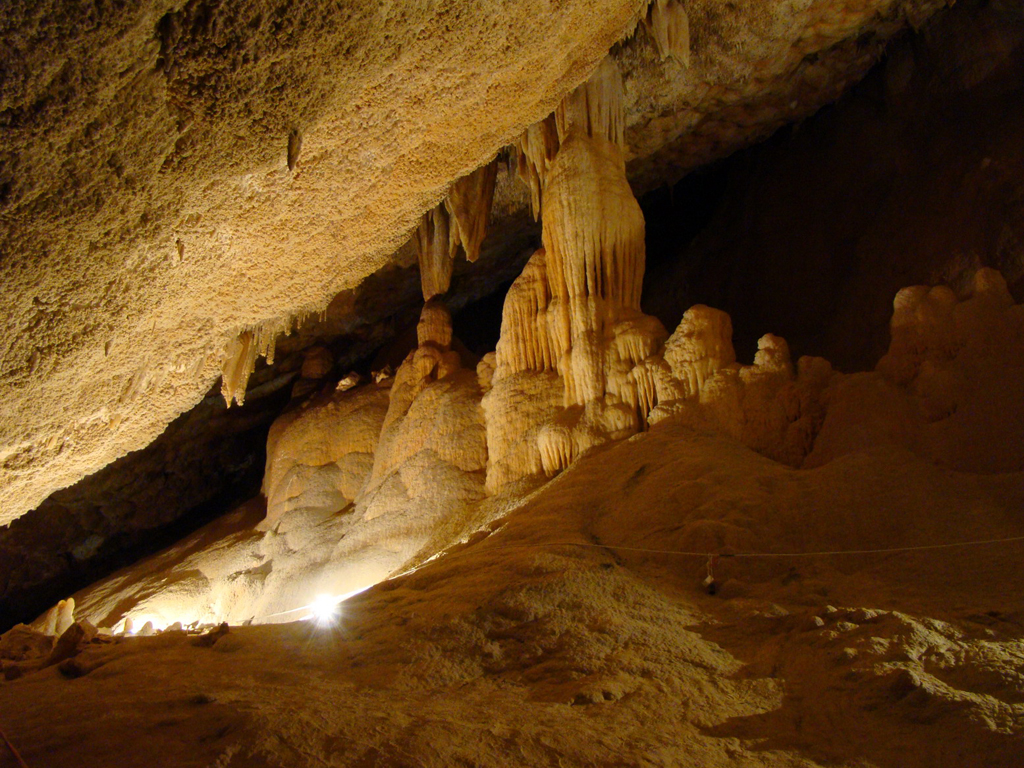
Stalagmites meet stalactites inside Sannur Cave. By OndřejKučera, the original and more can be found here: http://www.panoramio.com/user/1119448?with_photo_id=21717510
The Sannur Cave Protectorate, 200km from Cairo, takes its name from Sannur Cave. It is a rare type of cave formed by roofing over of a giant surface gour at its spillover point. The cave’s formation dates back to the middle Eocene period about 60 million years.
7. The Tombs of Bani Hassan, Minya:
Up until the early 80s, a lot of Nile cruises started at Minya, it gave tourists a chance to see some fascinating tombs, mainly the rock-cut tombs of Bani Hassan, with their vivid murals, and the imagery involving a multitude of wrestling positions. If you have a chance, you can also check Tall Al-Amarna and the remains of Akhetaten, the ancient capital of one of the most controversial Pharaohs in ancient Egypt, Akhenaten.
8. Halaib and Shalatin Triangle, Red Sea:
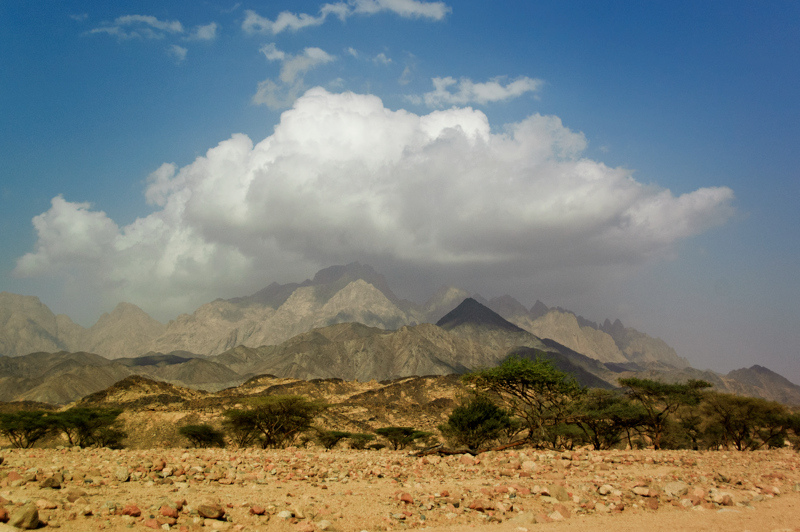
Majesty. Elba National Park, Egypt. By Ganay, Flickr. More of his images can be found here: www.flickr.com/photos/ganay_elba/
The Halaib and Shalatin Triangle are mostly visited by the most adventurous, who really want something different. The area is home to two major protectorates: Wadi Al-Jemal National Park, the third largest wadi in the Eastern Desert draining into the Red Sea, and one of the best vegetated; and Elba National Park, located in the southern eastern part of the Eastern Desert. The summit of Jebel Elba is a “mist oasis” where much of the precipitation is contributed in the form of dew, mist and clouds, creating a unique ecosystem not found anywhere else in the country.
9. Wadi Al-Hitan Protectorate, Al-Fayoum:
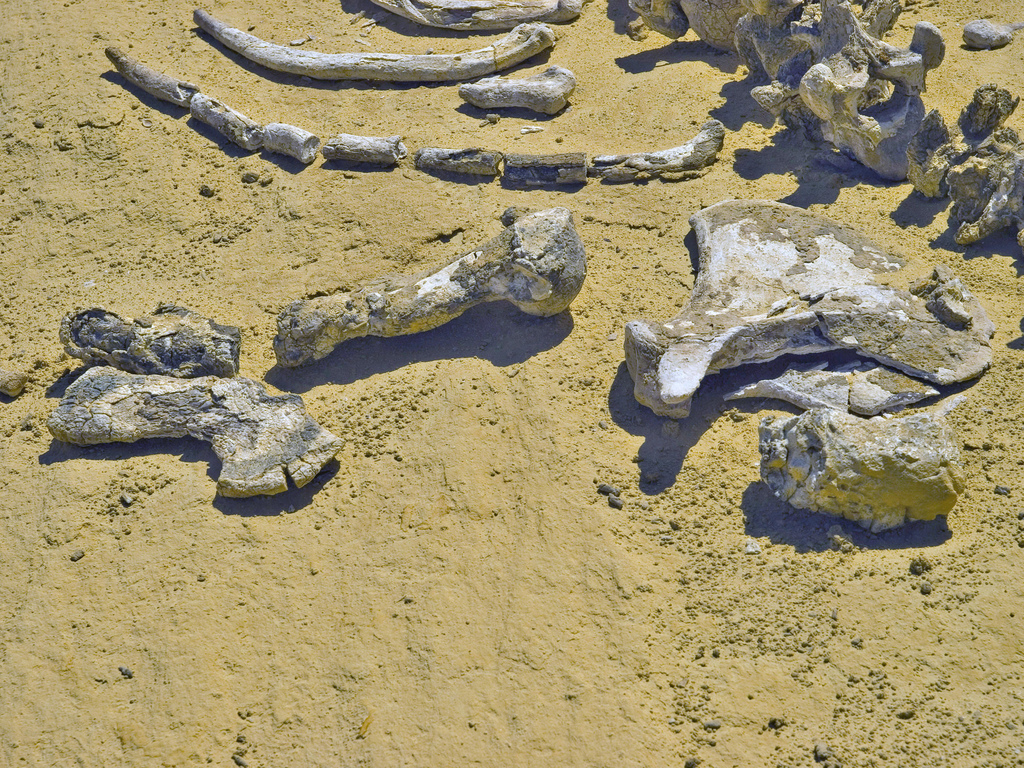
Forelimb bones, vertabrae, and ribs of a Dorudon atrox in Wadi Hitan. By Tom Horton (Further to Fly), Flickr. More of his images can be seen here: www.flickr.com/photos/further_to_fly/
Wadi Al-Hitan, Valley of the Whales, in the Western Desert, is a paleontological site that was designated a UNESCO World Heritage Site in July 2005 for its hundreds of fossils of some of the earliest forms of whale, the archaeoceti (a now extinct sub-order of whales). No other place in the world yields the number, concentration and quality of such fossils, as is their accessibility and setting in an attractive and protected landscape. Sources: Wikipedia, World Heritage Centre.
10. Al-Gilf Al-Kabir National Park, Al-Wadi Al-Jadeed:
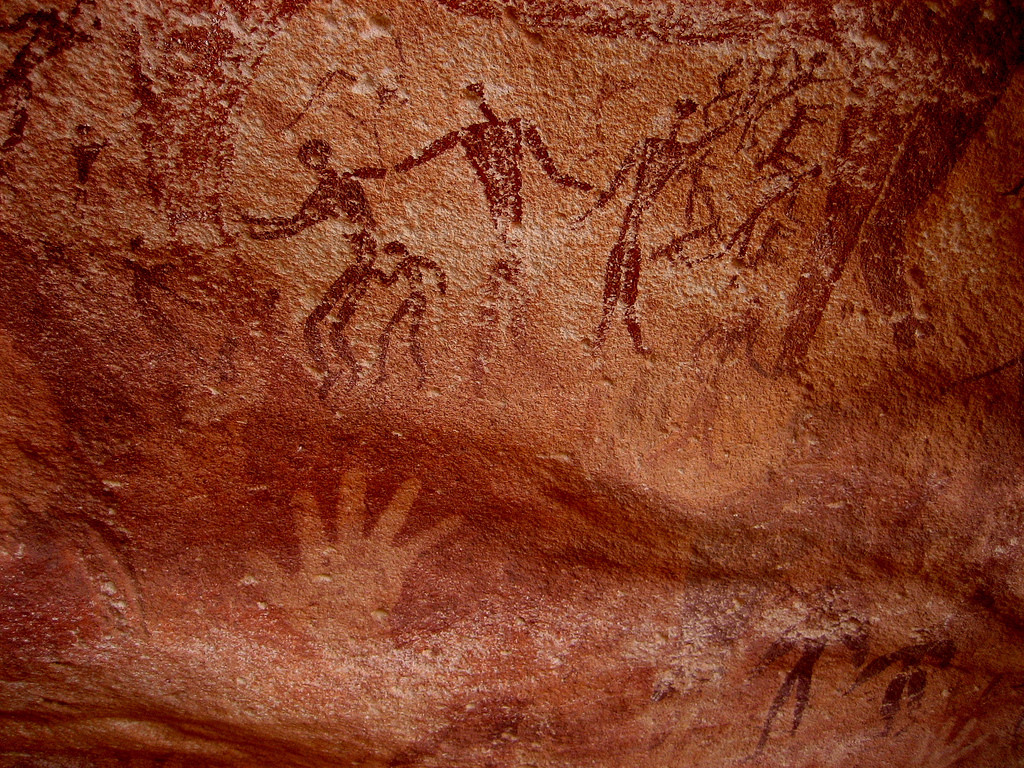
Rock art at Foggini-Mesikawi Cave. By Helen Romberg, Flickr. More of her images can be found here: www.flickr.com/photos/helenromberg/
This is the final frontier of Egypt, the closest environment on earth to the surface of Mars. In ancient times the area was inhabited by cattle pastoralist cultures that left thousands of engravings and rock art depicting giraffes, ostriches, lions and cattle, as well as people hunting and swimming. This lifestyle came to an end when the climate changed dramatically, shifting savannah into arid desert around 5,000 BCE, making it a hostile inhospitable place. The closest water source is almost 500km away. At its heart is the Gilf Kebir Plateau a massif twice the size of Corsica, and at its south western edge is Jebel Uweinat – Mountain of Small Springs – discovered and named by Egyptian adventurer Ahmed Hassanein Bey in 1923.
Tags: Ark of the Covenant, Catacombs, Cleopatra, Featured, Halaib, Kom Al-Shoqafa, Naional Park, PlanetWare, Rosetta Stone, Sannur, UNESCO
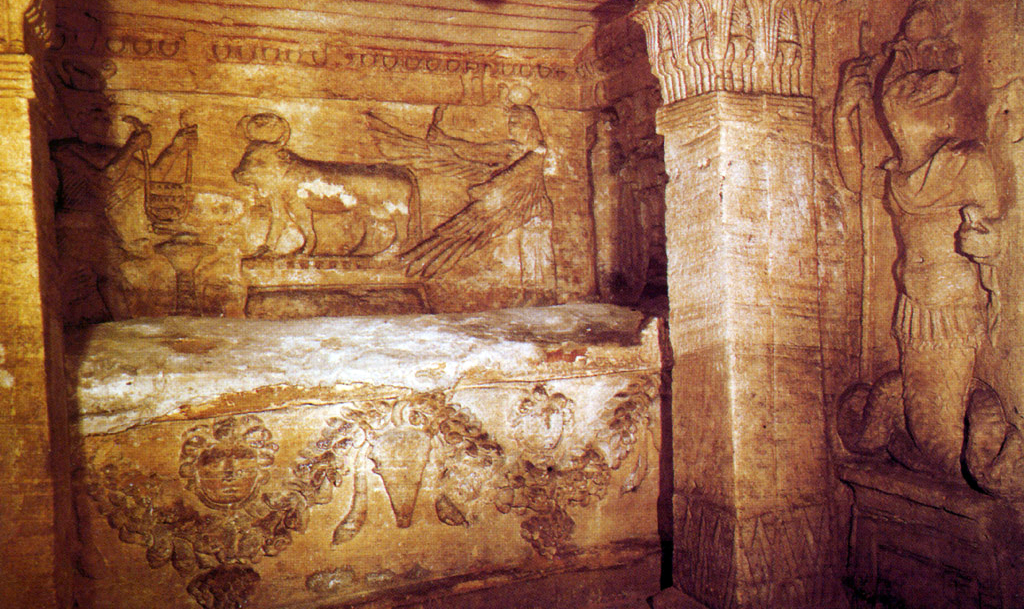
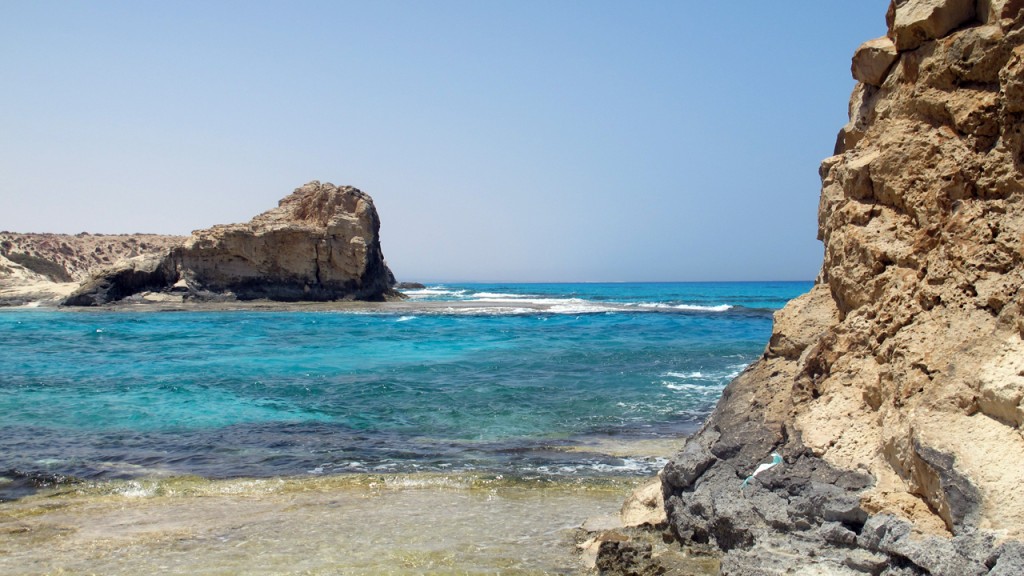
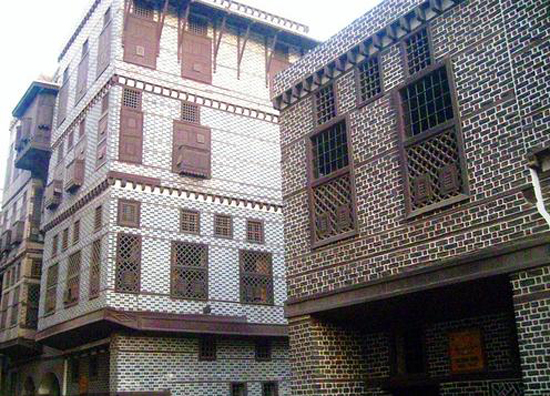
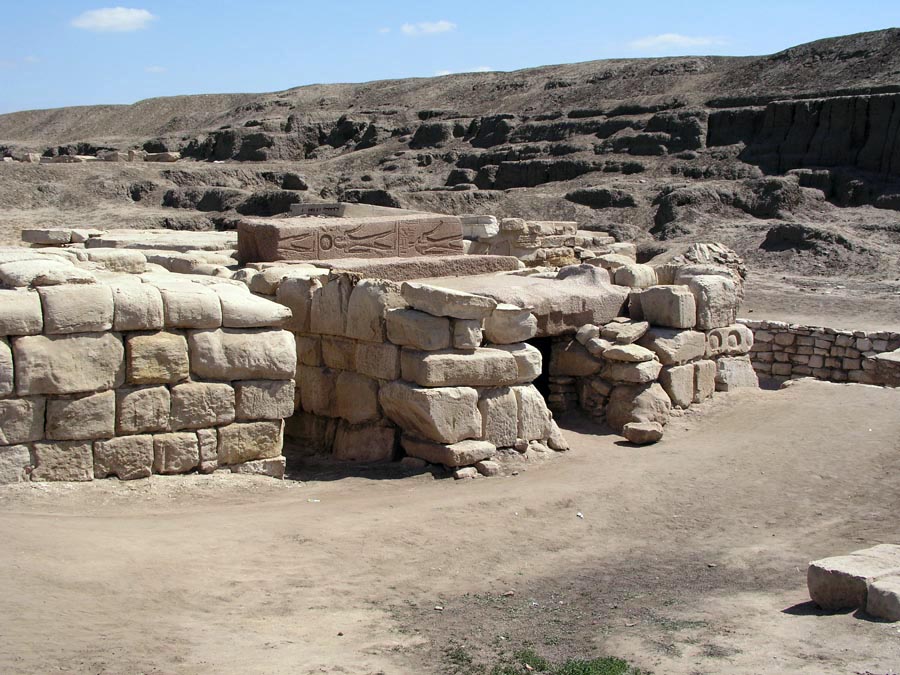
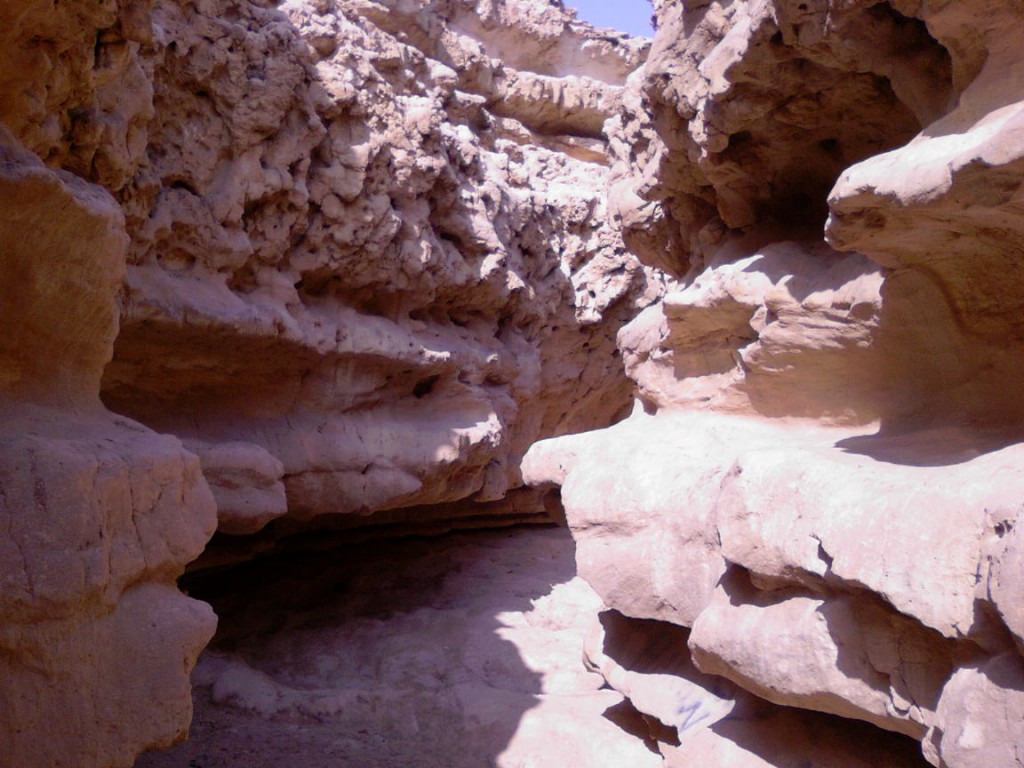









Thanks for your comment Gerhard and apologies for not responding sooner. There are several independent operators and smaller outfits that can help you visit a lot of the places mentioned in this article, however, their fees will vary depending on the destination. Please send me an email through the contact form with any specifics and I will do what I can to assist you.
Fantastically beautiful. Tour groups I know of tend to visit the obvious sites along the Nile. In 2015 how would a non-Egyptian solo tourist (of advanced age) organize a trip or find a tour group to visit any of these marvelous places, including those described along the red sea and eastern mountains & deserts? I assume that those intriguing natural and historical sites around Alexandria should be possible to see on independent excursions while participating in conventional tour groups.
Believe me, it took a while for me to discover these gems in my own backyard!
I have lived in Egypt for 3 years and couldn’t immagine these wonders exist!!! Wow!!
It is definitely a wonderful place, hopefully its current troubles will be resolved sooner rather than later!
Egypt is a wonderful country. I love it